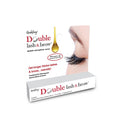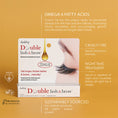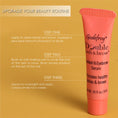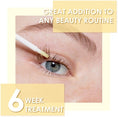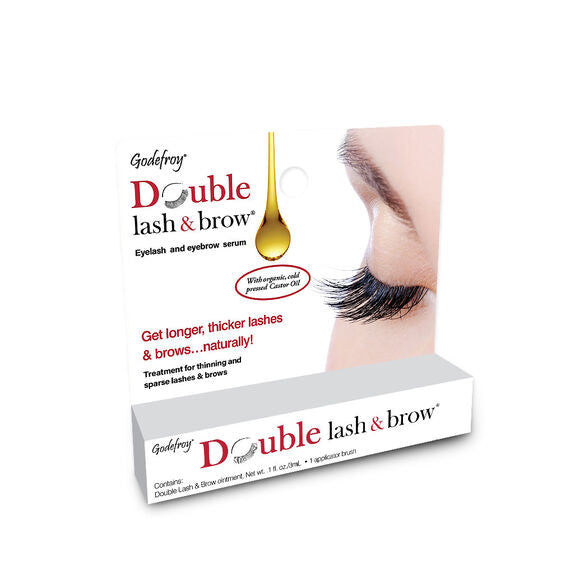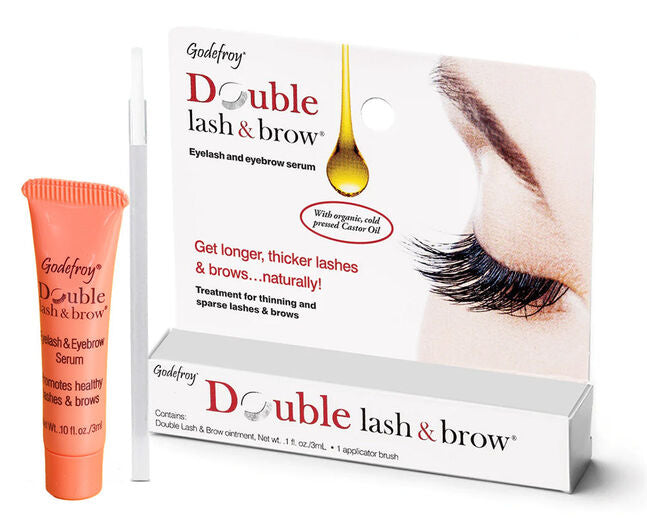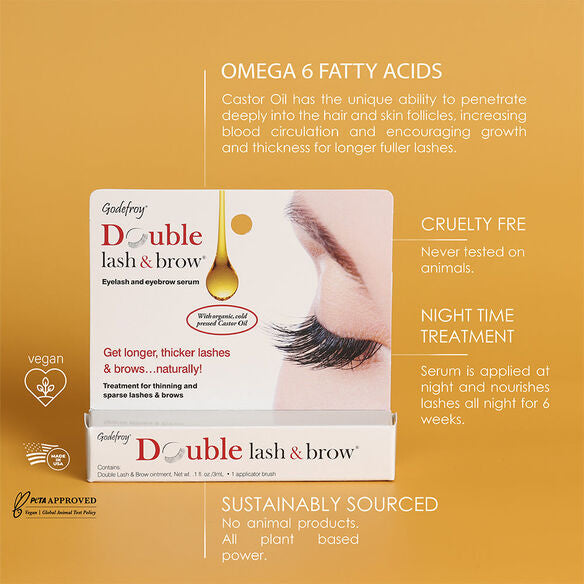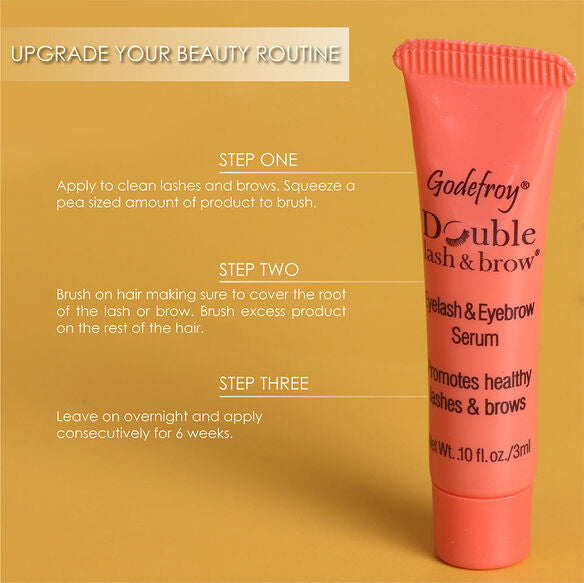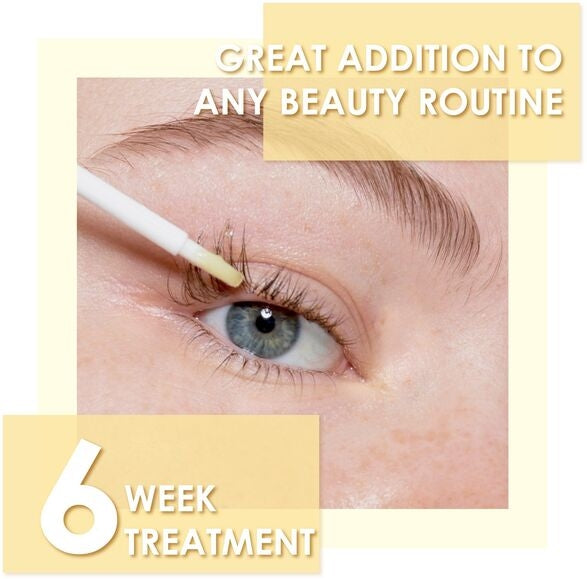What Is Seasonal Hair Loss, And How to Avoid It
By Nnaja Diogu & Aryiah Brown
By Nnaja Diogu & Aryiah Brown
Ever notice more strands in your brush when the seasons change? Don’t panic—this isn’t the same as chronic hair loss. Seasonal hair shedding is temporary and happens when your hair responds to environmental shifts, while chronic hair loss is ongoing and often linked to genetics, hormones, or underlying health issues. Knowing the difference can help you avoid unnecessary worry and take the right steps for healthy hair.
In today’s blog, we’re breaking down what seasonal hair shedding really is, what triggers it, why it happens, and how to tell it apart from more serious hair loss. We’ll also clear up a few persistent myths and share tips to keep your strands looking healthy all year long.
What Exactly Is Seasonal Hair Loss?
So, your hair grows in cycles—anagen (growth), catagen (transition), and telogen (resting/shedding). At any given time, most of your hair is in the growth phase, but external factors can nudge more strands into the shedding phase. And each season can play a role. In summer, UV rays, heat waves, and stress from non-protective styles can weaken the cuticle. In winter, cold winds and dry indoor heat strips moisture, leading to brittle strands that shed more easily.
And here’s a myth worth debunking: seasonal shedding doesn’t mean permanent hair loss. It’s your body’s way of adjusting, and the follicles are still healthy and ready to regrow. Other myths—like “you can’t control it” or “it only happens as you get older”—don’t hold up either. With the right care, you can minimize seasonal fallout and keep your hair cycle in balance.
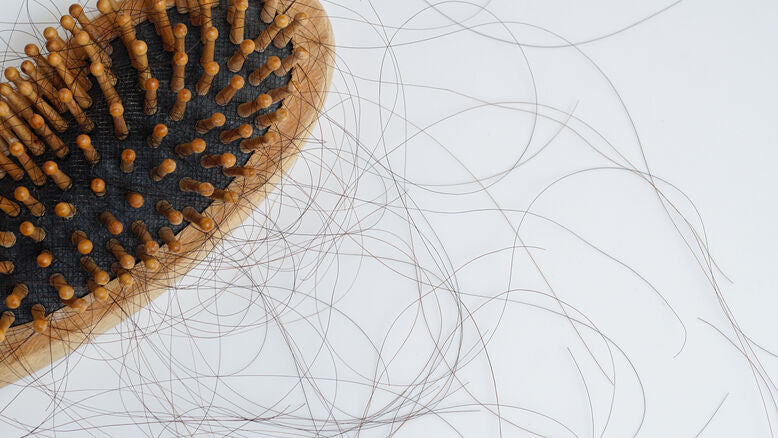
Why Hair Loss Feels Worse in Certain Seasons
You’re not imagining it, some seasons really do make shedding feel more dramatic. Fall often gets the spotlight because it’s when more strands naturally enter the resting phase and let go all at once, which can leave extra hair on your pillow or in the shower drain. Summer can also play a part: weeks of sun exposure, pool chlorine, salty beach water, and heat styling can dry out the hair shaft, making it weaker and more prone to breakage. These seasonal stressors don’t mean your hair is permanently thinning; they’re part of your body’s normal cycle and environmental response.
@abbeyyung I can already tell that it’s starting for me! I used to always freak out when I started noticing much more hair shedding in the fall, but now I know that it’s just a normal part of the entire hair growth cycle and not a cause for concern. If you notice an increase in shedding for 3+ months and it’s not stopping, that’s when I recommend seeing a medical professional like a dermatologist! #hairshedding #hairloss #hairthinning #hairgrowth ♬ original sound - Abbey Yung
The Science Behind It: Why Does It Happen?
Seasonal shedding isn’t random your hair reacts to what’s happening around you (and inside you). Long days in the sun can rough up the hair’s outer layer, leaving strands weaker and more likely to break or shed.
Humidity, heat, and cold don’t help either: in the summer, moisture in the air can swell and stress the hair shaft, while winter’s dry indoor heat can pull moisture out, making hair brittle.Even your body’s chemistry changes with the seasons shifts in daylight can influence hormones like melatonin, and less sun in the colder months can mean lower vitamin D, both of which can affect the hair cycle. Add to that the stress of seasonal routines like back-to-school chaos, holiday busyness, or changes in sleepand it’s no wonder your strands feel the impact.
Signs You’re Experiencing Seasonal Hair Shedding
So, how do you actually know if what you’re experiencing is seasonal shedding? The first clue usually shows up in your everyday routine—you might notice more strands collecting in your brush, sliding down the shower drain, or scattered across your pillow in the morning. While some hair loss is completely normal (most people shed 50–100 strands a day), seasonal shedding often feels more noticeable and sudden.
Another sign is the way the hair comes out. Clumps of hair may appear when you run your fingers through your strands, compared to the gradual thinning of certain areas that can signal something more chronic. Pay attention to the timeline, too. If the shedding seems to persist for two to three months straight, it’s worth keeping an eye on. If it continues beyond that—or if you see visible patches of thinning—it’s time to seek guidance from a dermatologist or trichologist to rule out underlying causes.
How to Prevent or Reduce Seasonal Hair Loss
You can’t stop seasonal changes, but you can protect your hair and keep shedding to a minimum with a few smart habits:
- Scalp care: Think of your scalp as the soil your hair grows from. Regular gentle exfoliation (once a week or so) clears away buildup that can block follicles, while mild cleansers keep your scalp balanced—not stripped. Adding a few drops of lightweight nourishing oils like argan or jojoba can help lock in moisture, especially during dry winter months.
- Diet & supplements: Healthy hair starts from within. Make sure you’re getting enough biotin, vitamin D, iron, and omega-3s, either from food or, if needed, supplements recommended by your doctor. These nutrients support strong strands and steady growth year-round.
- Styling habits: Try to limit heat tools—like flat irons and curling wands—especially if your hair is already stressed from sun or cold weather. And give your scalp a break by avoiding overly tight ponytails, braids, or buns, which can add tension and lead to breakage.
- Protective measures: Little swaps can go a long way. Hats or UV-protective sprays shield your strands from sun damage, while silk or satin pillowcases help reduce friction and minimize overnight breakage.
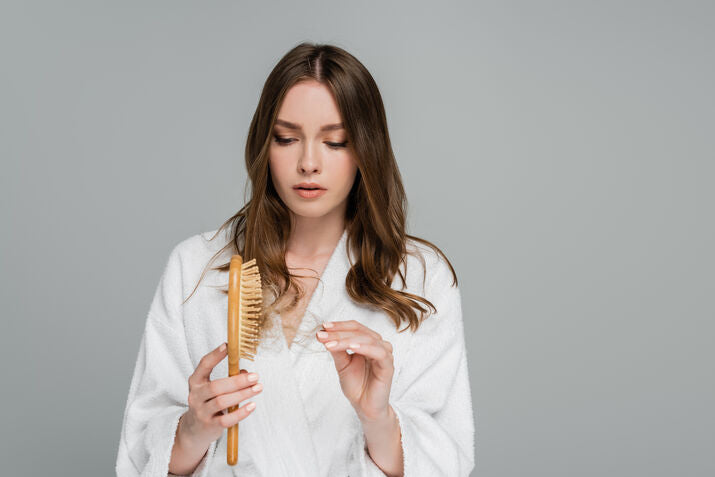
With consistent care, you can keep your hair healthier through every season and help reduce the amount you shed.
Don’t forget that seasonal shedding can also impact your brows and lashes. Our Double Lash & Brow Growth Serum, made with cold-pressed castor oil, helps nourish follicles and encourage stronger, healthier growth.
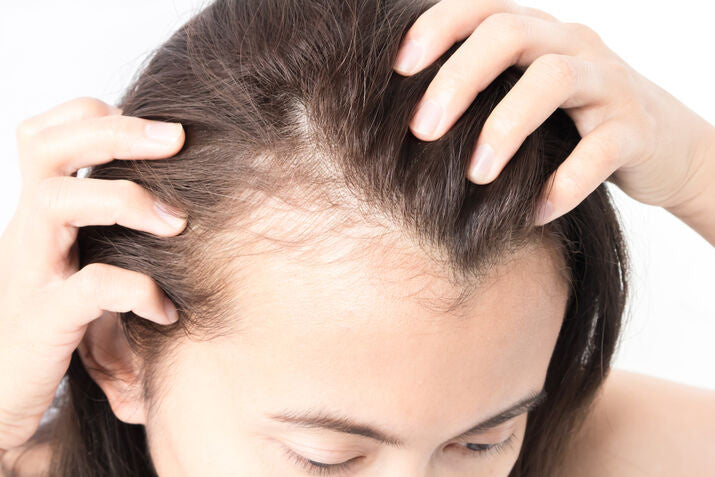
Daily Habits for Healthier, Fuller Hair Year-Round
So, what else can you do day-to-day to keep seasonal shedding from taking a bigger toll on your hair? Let’s start with the basics: hydration and stress management. Drinking enough water doesn’t just benefit your skin—it also nourishes your scalp and follicles from within, helping your strands stay strong. On the flip side, stress can send more hair into the shedding phase, so small habits like deep breathing, light exercise, or even journaling can go a long way toward protecting your hair health.
Then, think about how your routine shifts with the seasons. Winter air tends to dry everything out, so heavier moisturizing shampoos, conditioners, and masks can help lock in hydration. In the summer, when humidity brings on frizz, smoothing or anti-frizz products are your best friend to keep your strands in check. Regular trims—every 6 to 8 weeks—also prevent split ends from creeping up and causing more damage.
And here’s the most important part: consistency. A steady hair care routine (or even a self-care “ritual,” if you like the sound of that) helps your hair stay resilient no matter the season.
The most important thing to remember is that seasonal hair loss is usually temporary. While it can feel alarming to notice more strands on your pillow or in the shower, your hair growth cycle is constantly renewing itself. By caring for your scalp and strands year-round—staying hydrated, managing stress, adjusting your products with the seasons, and keeping up with trims you can help minimize the effects and maintain fuller, healthier hair. If shedding still feels excessive or persists beyond a few months, consider speaking with a dermatologist or trichologist for peace of mind. For more tips and product recommendations, explore our hair care resources and growth-supporting treatments. Thanks for reading!
Read More
-

How Water, Chlorine, and Sunlight Affect Your Hair Color
Andrew CampbellLet’s be honest—once you’ve colored or bleached your hair, keeping it vibrant is basically a part-time job. Even with salon-grade formulas and sulfate-free shampoo, the...
-

Upcoming Beauty Trends: What to Look Out For in 2026
Emersen AdamsBeauty in 2026 is less about chasing a single “look” and more about building routines that fit your life and...
-

Exosomes in Skincare: The Next Big Thing?
Patricia UgaldeExosomes are having their moment right now in the skincare world; and for good reason. But some may be asking...


